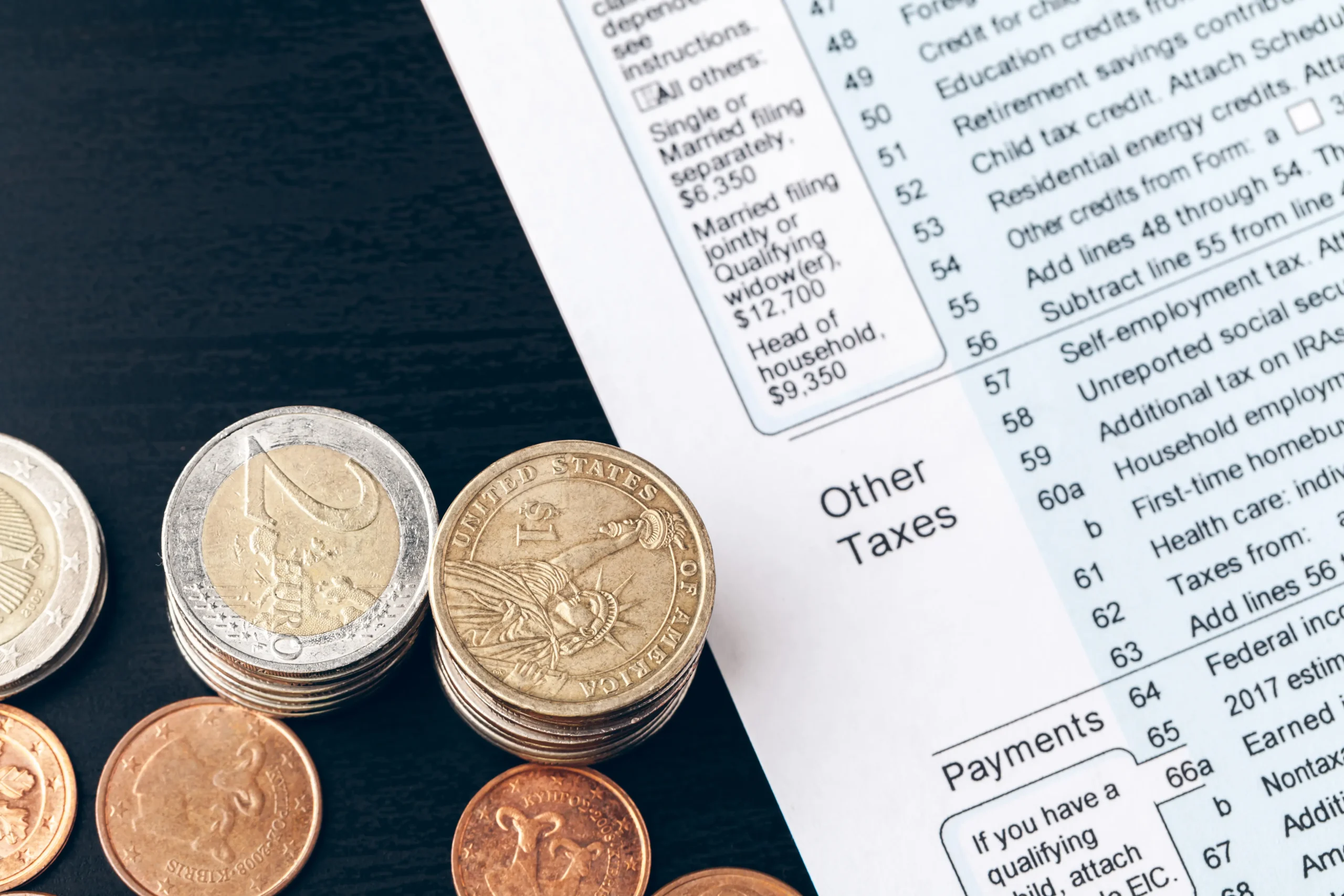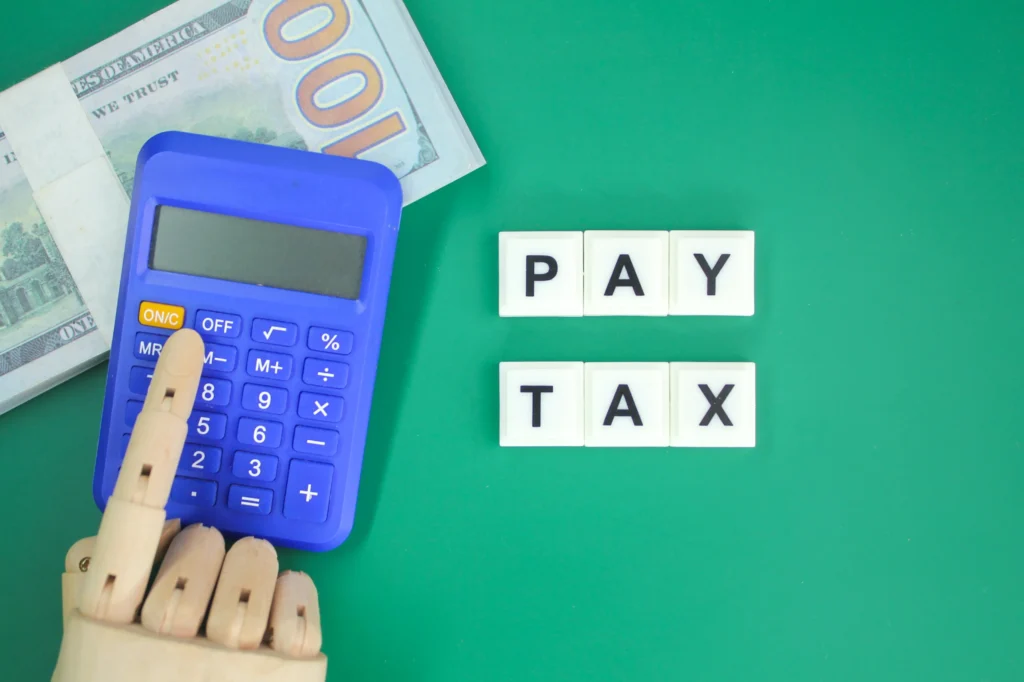New York dispensaries face multiple tax layers including a 9% wholesale excise, 13% retail excise, and complex compliance requirements. Understanding these obligations protects your license and maximizes profitability in one of the nation’s most regulated cannabis markets.
Calculating cannabis taxes in New York requires precision because errors trigger audits, penalties, and potential license suspension. This guide provides current 2025 tax rates, calculation methods, compliance deadlines, and automated solutions that eliminate manual tracking errors.
New York operates a multilayer tax system that changed significantly in June 2024. The state eliminated its complex THC potency tax and replaced it with simpler percentage-based rates, reducing the total tax burden while improving compliance for dispensary operators.
New York cannabis faces a 9% wholesale excise tax from distributors to retailers, plus a 13% retail excise tax (9% state and 4% local) on consumer sales. Medical cannabis carries a separate 3.15% gross receipts excise tax.
The New York State Department of Taxation replaced the complicated THC milligram-based system with flat excise percentages. As of June 1, 2024, adult-use cannabis distributors pay 9% on wholesale transfers to retailers. Retailers then collect an additional 13% at the point of sale, split between state and local jurisdictions.
For fiscal year 2024 ending March 31, New York collected approximately $161.8 million in cannabis tax revenue. The Division of Budget projects this will jump to $248 million in the next fiscal year as more dispensaries open and consumer demand increases across the state.
Cannabis products get taxed twice before reaching consumers. First, when distributors transfer products to retail dispensaries, they pay the 9% wholesale excise calculated on the transfer price. This happens behind the scenes and typically gets built into the retail price structure.
Second, at the retail level, dispensaries collect 13% from customers on the final sale price. This breaks into 9% for New York State and 4% designated for the local municipality where the dispensary operates. Unlike some states, New York does not allow additional local surcharges beyond this 4% allocation.
Registered organizations and microbusinesses that sell directly to consumers face special treatment. When these operators make retail sales without using separate distributors, the 9% wholesale tax applies to 75% of the final retail sales price rather than a lower wholesale value.
This structure prevents vertically integrated businesses from avoiding the distributor-level tax. It ensures consistent tax collection across different business models while recognizing that integrated operators incur different cost structures than traditional three-tier supply chains.
Accurate tax calculation requires understanding which tax applies at which transaction point. Most dispensaries use automated POS systems to track these obligations, but knowing the math helps verify system accuracy and prepare financial projections.
Calculate the 9% wholesale excise on distributor invoices, then add 13% retail excise to your final consumer price. For a $100 retail sale, collect $13 in taxes separately from the product price itself.
Start with your wholesale purchase from a licensed distributor. The distributor includes their 9% excise tax in their invoice to you, so this cost flows through your accounting as part of cost of goods sold. You do not remit this tax directly.
At checkout, apply the 13% retail excise to the selling price. If you sell a product for $50, multiply by 0.13 to get $6.50 in excise tax. Your POS system should separate this from the base price so your quarterly return accurately reflects total taxable sales versus tax collected.
Example Calculation Scenario: A dispensary purchases $10,000 in wholesale cannabis from a distributor. The distributor paid $900 (9%) in wholesale excise. The dispensary sells these products for $18,000 to consumers. The retail excise owed equals $2,340 (13% of $18,000). The dispensary files quarterly returns showing $18,000 in taxable sales and remits $2,340 to the state.
Microbusinesses selling directly to consumers face a modified calculation. Apply the 9% wholesale tax to 75% of your retail sales price. For a $100 sale, calculate $100 × 0.75 = $75, then multiply by 0.09 to get $6.75 in wholesale tax.
Add the standard 13% retail excise on the full $100, which equals $13. Your total tax obligation on this single sale equals $19.75, representing nearly 20% of the transaction value. This structure demands careful pricing strategy to maintain competitive margins while meeting obligations.
Retail Dispensary (buying from distributor):
Microbusiness (direct to consumer):
Compliance Checklist:

Moxie 710 looks to set industry standards for extract cannabis products.
The ethics of a brand and the value this brings to the industry is part of the new-age paradigm shift that is occurring. In the same way that consumers are mindful of the products they purchase, cannabis consumers are starting to understand that the same principle can be carried over when making purchases!
A company’s core values are the bread and butter of their operating practices. Mindful consumers might be interested in hearing about these values as they translate into the quality of the product that is being offered. It also gives the customers an opportunity to find causes they would like to support or tap into an identity that a brand looks to portray.
The core values of any given brand is reflected in the type of packaging they use. Opting for renewable and sustainable methods is one avenue of core values that illustrates, for example, the importance of environmental issues on a micro scale.
Related: 5 Questions Customers Will Ask That Your Cannabis Delivery Service Staff Should be Able to Answer
Supporting small business is nothing new and the emotional connection that consumers make to particular brands results in brand loyalty while providing a constant factor that influences future consumer choices.

There’s no question where LA Kush resides.
Supporting local businesses is an important new-age approach to buying products. Customers looking to contribute to local brands should be guided into knowing about the geographical location of goods they are looking to purchase, which in turn influences the scope of products that might be of interest to them.
But there’s more than just explaining that a brand is from a particular area. The terroir of a region provides a source of information that consumers might adhere to. The variety of flavors, environmental influence on growing, and regional differences are noticeable to the connoisseurs of the bunch. In short, different geographical locations can produce different flavors due to the influence that the environment helps play a part of.
The origins of a cannabis product such as it’s location taps into the age-old practice of examining fine wines. In a similar way that wines carry territorial traits that are picked out by specialists, cannabis too has particular traits that can only be found in specific areas of the world. Strains take on traits as generational growing practices are passed down, creating unique characteristics that are the signature of a particular region.
This is just one example of how location may influence purchasing habits.
Indoor and outdoor growing techniques are oftentimes central to weather-permitting locations and this too can be an indicator that your customers look for. Outdoor brands coming from the Mendocino Triangle, for example, are primarily grown outdoor under the sun, taking terroir and naturalistic practices to the purest level.
Location can help consumers identify with the current cannabis scene in their area and for those with greater experience, helps promote that “signature” trait that is being looked for.
Cannabis brands are popping up left and right, each with their own persona, core values, and methods of cultivation. This information, if not given to your customers by staff, is left up to the marketing team of the brand in question. Having information on these 3 details of each brand you carry not only allows for you to show your customers something new, but shows that your staff takes their job seriously.
Related: A Definitive Guide to Compliance — California Cannabis Dispensaries
Don’t miss out on the opportunity to blow away your customers and answer questions with a level of complexity that centers their needs!
Comment below and let us know what works best for you!